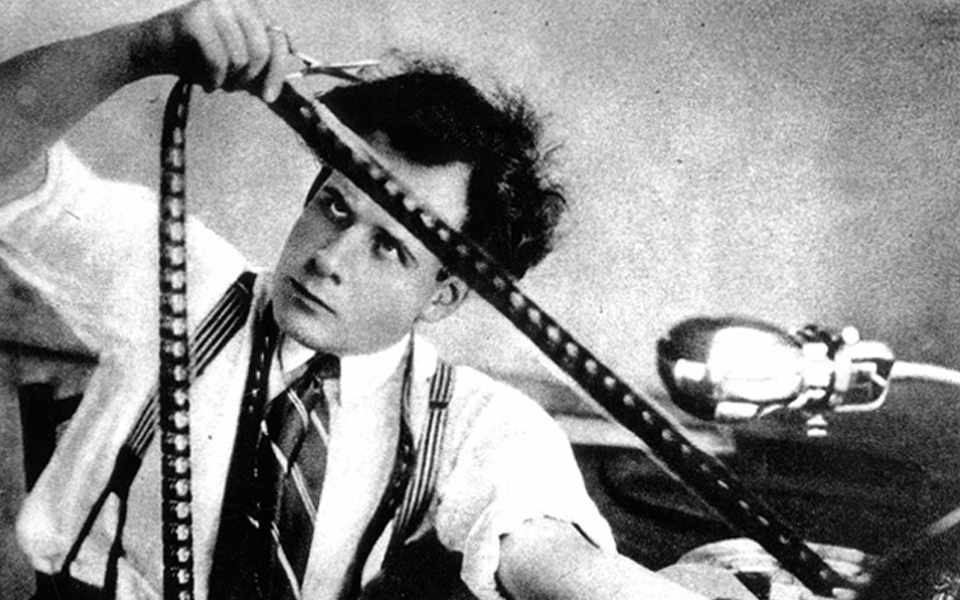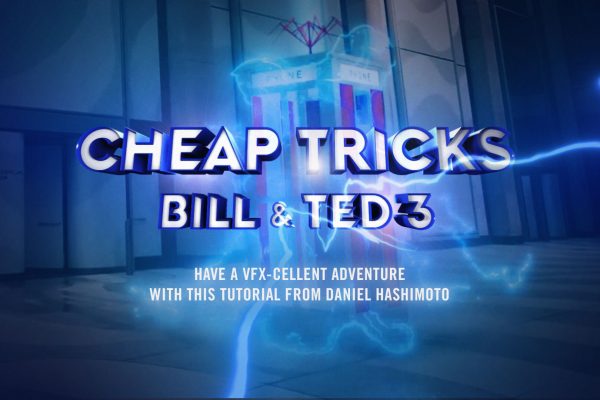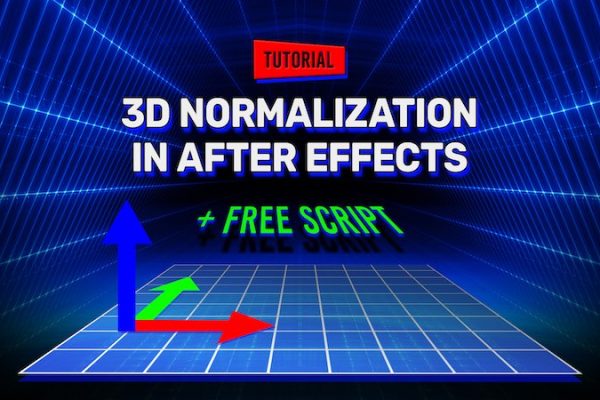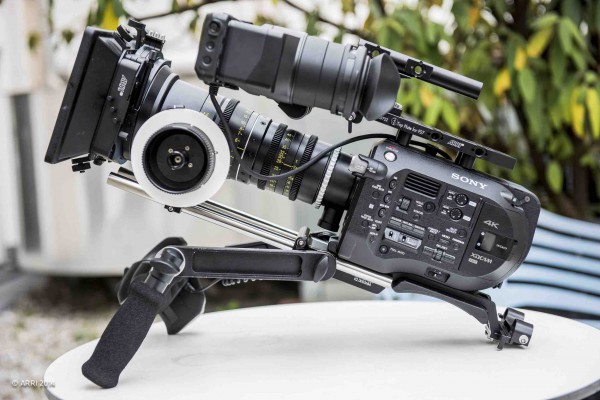Every film has a story to tell and every director has a unique voice in which to tell that story. They get financing, cast their actors, gather together their crew and shoot their film. But, it’s within the editing suite where the story is developed (once, quite literally) and told.
Now that films are shot digitally, the editing suite has an even greater role. Frames are often composed within the editing suite (instead of the camera), you shoot in 4K and compose your edit in 1080. Or in the case of Lytro Cinema (and a few of the VFX-heavy Michael Bay and James Cameron films), almost the entire composition of each frame is done in post.
As Walter Murch so succinctly put it, “the sanctity of the frame is being invaded by recomposition after the fact”.
“Now we’re using the word “acquiring” rather than “shooting,” which means the director will decide later on what framing is correct or how best to combine different takes into the same take. David Fincher is a big proponent of this: shooting at 8K, overscanning, then deciding later on how to frame it, how to stabilize, and combine different takes of different actors in the same shot.
“The cinematographer in that case has less control of the final image. And that’s only going to increase with time. Shooting at 8K means you can go anywhere within the frame to create a new frame that still will hold up at 6K or 4K resolution.” – Walter Murch Interview, Variety 2015.
When it comes to editing films, there are some rules that are fundamental – just ask Mr Murch about his ‘Rule of Six’. The greatest of these is ’emotion’, it’s even more important than the story (#2 on Murch’s list).
Every scene that you edit is driven by emotion, but knowing how to find it, and when/where to make the cut – is more about instinct than protocol.
Professional video editor Tony Zhou and his cohort Taylor Ramos (from the excellent, ‘Every Frame a Painting’ Youtube channel), have created a great video discussing the ’emotion’ (#1 on Murch’s list) of the scene and knowing when to cut.
As Zhou writes in the video description, he often has to ‘think and feel’ his way through the edit.
We highly suggest you take some time to check out Ramos & Zhou’s Youtube channel – Every Frame a Painting. They’ve made a number of videos worth watching, that discuss different directors and their technique, along with vids on how certain film scenes have been edited.
Despite it being tagged as educational we suspect the above video may get removed from Youtube due to copyright violations, so we’ve embedded the Vimeo version in the hopes it stays online.




